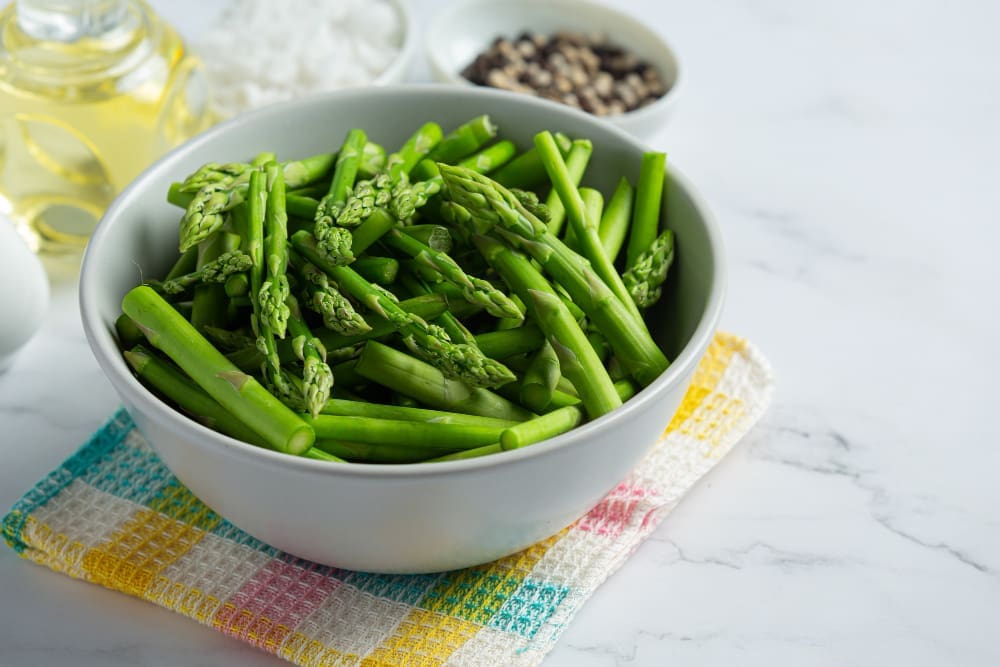Growing asparagus in a home garden is a commitment that rewards patient gardeners with up to two decades of productive harvests. Though it requires an initial wait of three years, the long-term benefits make it a worthwhile endeavor. Unlike typical plants with leaves and stems, asparagus emerges with spears that resemble bare sticks protruding from the soil. Successful asparagus cultivation involves some specific steps and considerations.
For gardeners in horticultural zones 3-8, asparagus can be planted in a permanent location since it doesn’t need annual replanting. Selecting a sunny spot with fertile, well-draining soil is crucial for its development. Enriching the soil with compost or well-rotted manure before planting helps ensure the plant’s nutritional needs are met. While asparagus can be grown from seeds, using year-old crowns—dormant roots available at garden centers and catalogs—can expedite the process, reducing the time to the first harvest by a year.
Plant the crowns in the early spring within prepared, weed-free beds. Dig trenches 12-18 inches wide, 6-12 inches deep, and space them 3 feet apart if planting multiple rows. Space crowns 12-18 inches apart and spread their roots along the trench’s bottom. Cover with 2-3 inches of soil and water thoroughly. As shoots develop, gradually add more soil until the crowns are fully covered, then apply mulch to maintain moisture.
During dry spells, deep watering is necessary, but overwatering should be avoided. Allow the plants to grow undisturbed for the first two years. By the third year, start harvesting in spring when stalks reach 6 to 10 inches in height and are roughly pencil-thick. Use a sharp knife to cut each stalk slightly below the soil line, taking care not to harm emerging stalks. The harvesting period can extend up to six weeks, depending on the climate, such as in suburban New York where harvesting continues until early July. After the initial six-week harvest, remaining stalks should be left to store energy for the next year’s growth.
At the end of the growing season, asparagus spears are followed by fernlike fronds, which should be left until they turn brown before being removed at ground level. It’s important to note that onions and garlic can inhibit asparagus growth, so they should not be planted nearby.
The Evolving Landscape
For home gardeners, the commitment to growing asparagus can offer both culinary and economic benefits. While it requires patience, the long-term yield of this perennial crop can reduce the need for purchasing asparagus from grocery stores, offering a fresh and organic alternative. Additionally, its perennial nature means that once established, asparagus requires minimal annual maintenance compared to other vegetables.
The guidance provided here allows aspiring gardeners to navigate the initial challenges of asparagus cultivation, potentially increasing self-sufficiency and reducing reliance on supermarket produce. The choice to grow asparagus also supports sustainability by encouraging local food production and reducing carbon footprints associated with transporting store-bought vegetables. With careful planning and execution, gardeners can enjoy the rewards of this unique plant for many years.














